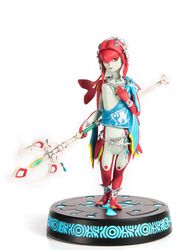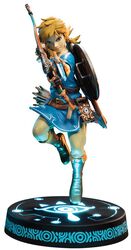Categories
-
Top games
- Commodore 64
- Among us
- Assassin's Creed
- Atari
- Battlefield
- Blizzard Entertainment
- Borderlands
- Call Of Duty
- Counter Strike
- Cyberpunk 2077
- Dark Souls
- Deathloop
- Destiny
- Diablo
- Doom
- Dragon Ball
- Dungeons & Dragons
- Elden Ring
- eSports
- Fall Guys
- Fallout
- Far Cry
- Genre
- God of War
- Guild Wars 2
- Horizon
- Kingdom Hearts
- League of Legends
- Magic: The Gathering
- Minecraft
- Mortal Kombat
- NEOMACHI
- Nintendo
- Overwatch
- Pokémon
- Six Siege
- Resident Evil
- Retrogaming
- Sonic
- Starfield
- Super Mario
- Tabletop
- Tekken
- The Elder Scrolls
- The Last of Us
- The Witcher
- Ubisoft
- Uncharted
- World of Warcraft
- Yu-Gi-Oh!
- Zelda
Total
2
Items
View: Product



